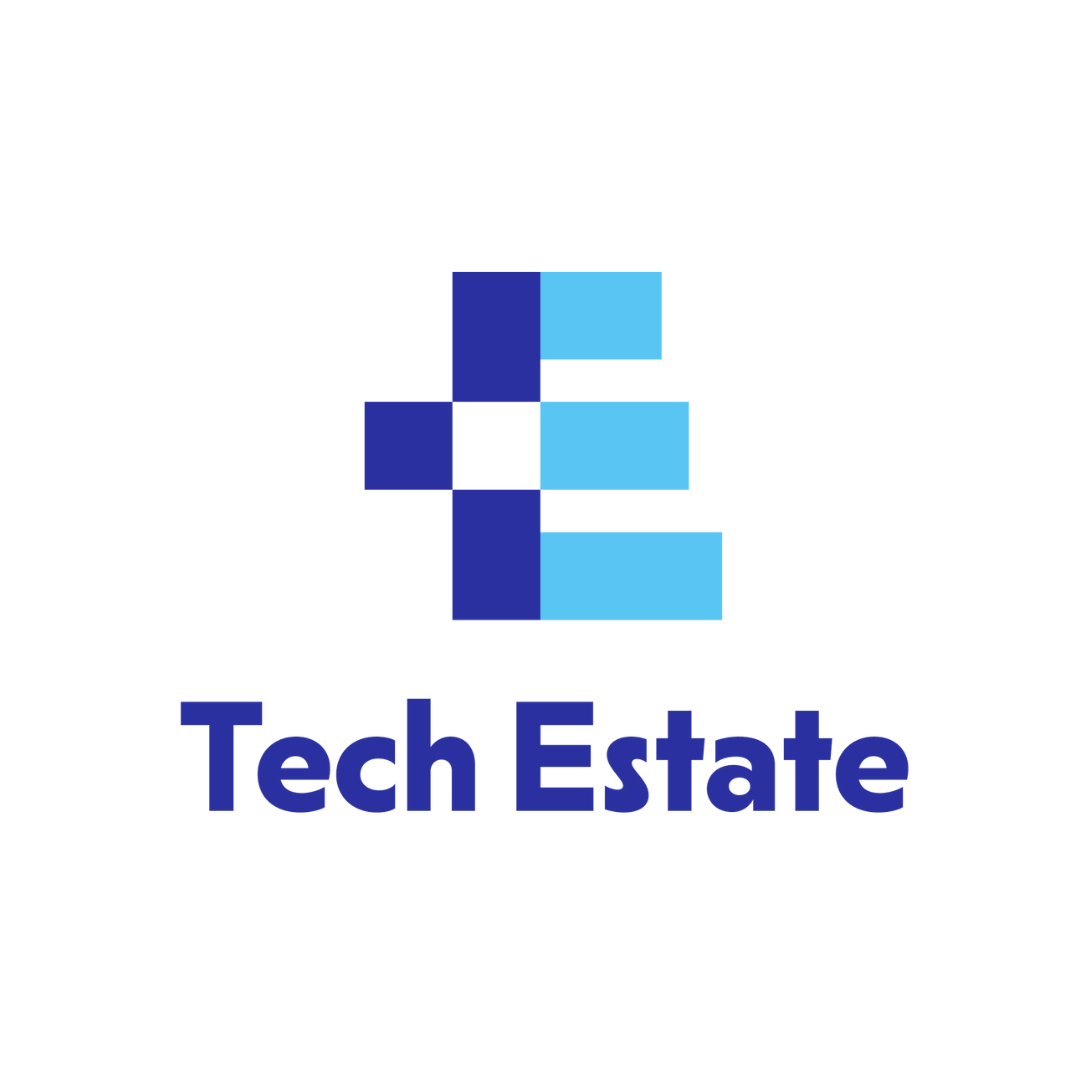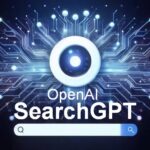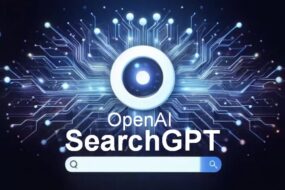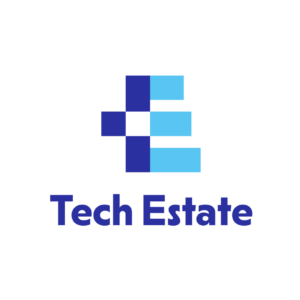
Source: ElvyLewis Ndungu/ Techweez
The Overture Maps Foundation (OMF), a collaborative effort founded by Amazon, Meta, Microsoft and TomTom last year has released its first open map dataset in effort to help develop open interoperable map products. The released dataset will allow third-party developers to build viable alternatives to Google Maps and Apple Maps.
The open map data includes records of over 59 million places of interest, a worldwide road network derived from the OpenStreetMap project, administrative boundaries, and over 780 million unique buildings. According to Overture, the data has been “validated and conflated” through a series of quality checks.
The open dataset has been released in the Overture Maps Data Schema which is optimized for developers to use with ease. In addition, will have the ability to merge and combine different datasets “which use their unique conventions and vocabulary to reference the same real-world entities.”
Overture acknowledges there is still more work left to do in terms of maintaining and updating the data to meet user expectations.
Marc Prioleau, executive director of Overture Maps Foundation says in a statement, “Anyone who works in mapping knows that the initial data is just the beginning; the ongoing challenge lies in maintaining the data amidst constant changes to meet user expectations. Overture plans to build a broad collaboration that can build and maintain an up-to-date, comprehensive database of POIs(Places of Interest).”
Over the years, Google Maps and Apple Maps have dominated the navigation and mapping market. The release of the “alpha” dataset could mark the entry of new navigation products in the market that do not rely on Google and Apple.
About Overture Maps Foundation
The joint foundation was launched in December last year to support and promote the development of complete, accurate and up-to-date open data which has outgrown the capabilities of any single organization. “The collaboration is based on the premise that map data needs to be a shared asset to support future applications.” the group says in a statement.
It has since gained more than a dozen new members including key players in the geospatial, mapping and technology industries.
Source: ElvyLewis Ndungu/ Techweez












